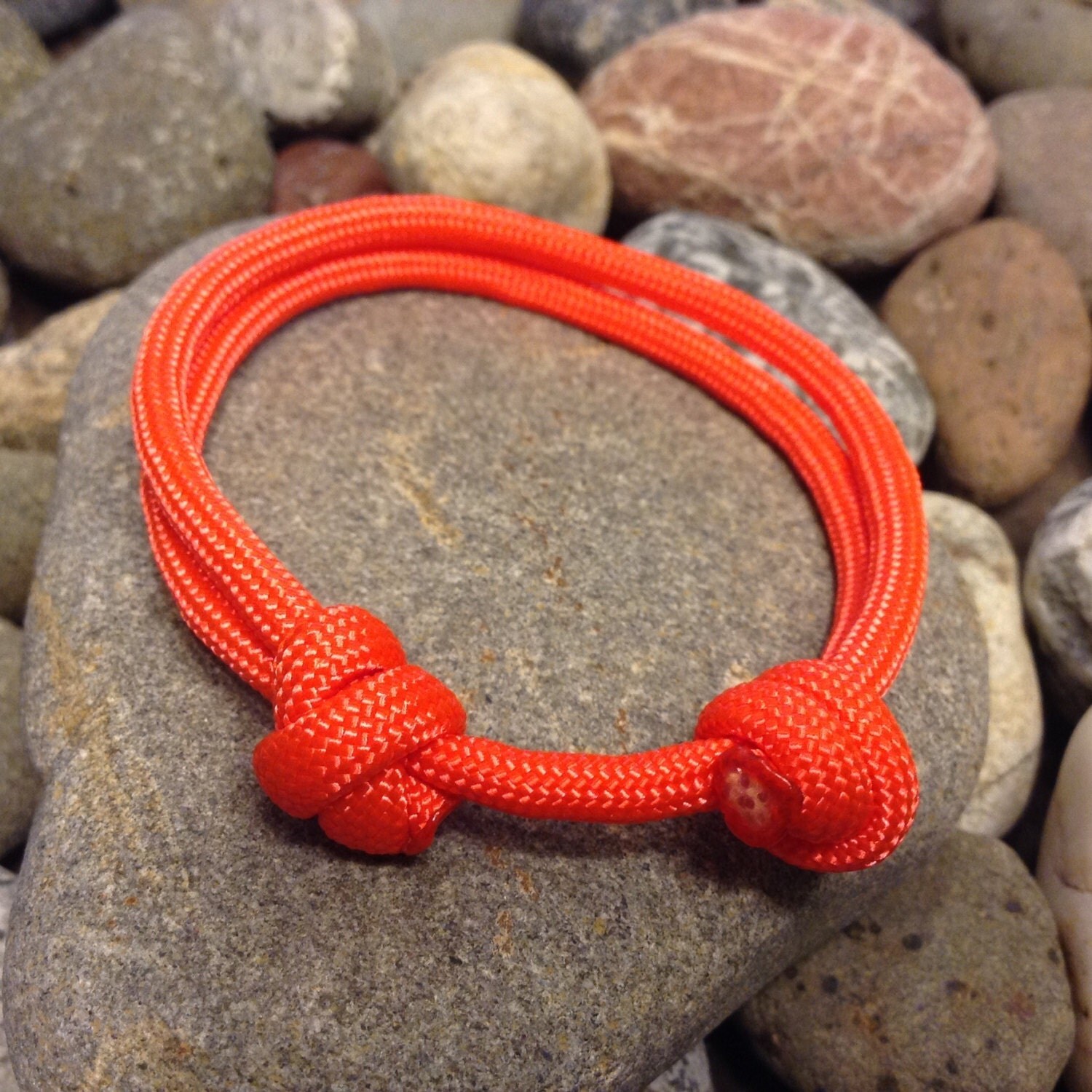

Knots: Knots can make or break your hoist system, and their proper use is the mark of a professional. Clamps will not hold on vinyl-covered wire rope.įigure 2-Wire rope with clamps properly attached. If you are making them yourself, regular bolt-on cable clamps work fine. Use double- and single-strand " micro-press" sleeves to create the loops and to serve as slide arresters if you are having loops and slide arresters made up for you. Loops in the ends of the cable and slide arrester blocks need to be installed before heading for the field. Many poly or nylon ropes stretch too much and are therefore not recommended.Ĭable: Flexible steel cable, or wire rope (3/16-inch diameter, with a number of fine strands), is used in one method as a support cable between two trees. A key factor for a hoisting system is to select a low-stretch or " static" rope. There are many other ropes readily available that will work.

Sixty-foot lengths of 5-mm accessory cord worked extremely well in field tests of all of the techniques. Since full-strength climbing rope is very expensive and its strength is not needed for this application, smaller diameter versions, such as 5-mm climbing accessory cord, are excellent cost-effective alternatives. Moving up in strength and price are a whole range of mountain-climbing ropes. It is not the most lightweight or strongest rope on the market. It is inexpensive, strong enough, and has limited stretch. Manila rope (3/8-inch or 1/2-inch diameter), the traditional rope of choice for securing packhorse cargoes, is a good choice for any of the suspension systems, especially when it can double as a cargo rope. It is available in mountaineering stores. A superior alternative to parachute cord is 1/8-inch braided Dacron, a strong cord that has less stretch than nylon parachute cord. Parachute cord stretches, which is a distinct disadvantage for a rope used in a hoisting system. Right) 3/16-inch wire rope (middle) 1/8-inch braidedĭacron (lower right) and parachute cord (bottom). It also can function as a haul line to lift lightweight loads of 20 to 50 pounds.įigure 1-Ropes and cables: 3/8-inch manila (upper left) ĥ-mm climbing accessory cord (upper middle and upper It is best used as the initial throw line to pull up heavier ropes and hardware. Parachute cord, 1/8-inch diameter nylon, is universally available, inexpensive, and lightweight. Ropes: Figure 1 illustrates some of the ropes and cables you will need.


 0 kommentar(er)
0 kommentar(er)
